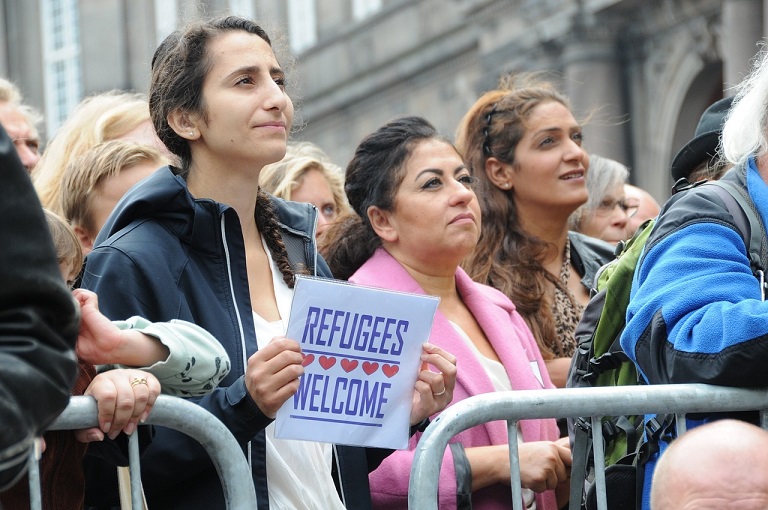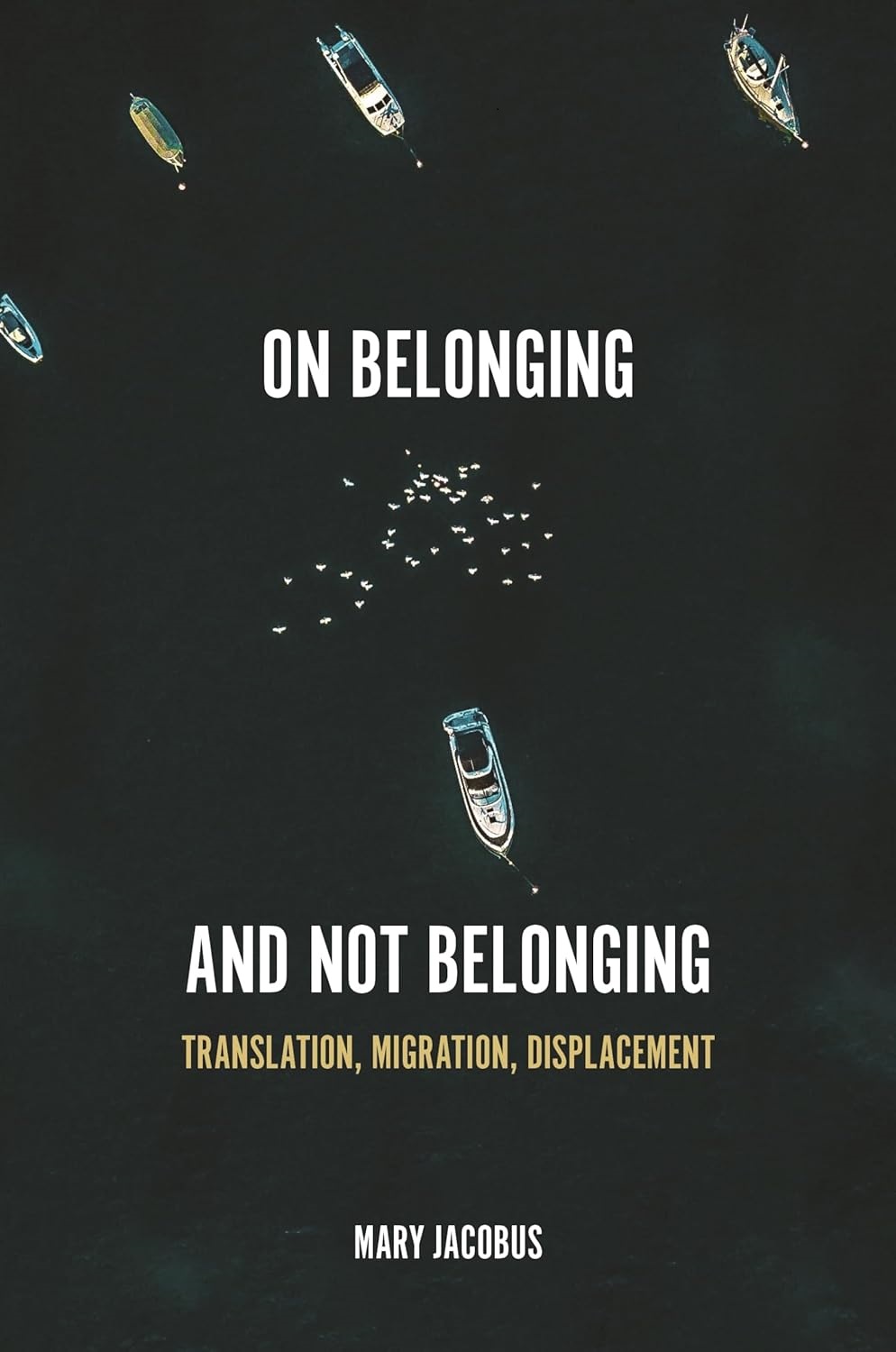People need a sense of belonging to something bigger than themselves but there is also a contrary impulse to not belong, to remain outside the group, and this dichotomy is what intrigues Mary Jacobus in her new book “On belonging and not belonging”.
 Sean Sheehan
Sean Sheehan
The children of immigrants or refugees seek to recover or redeem what was lost in what Jacobus calls ‘the silent trauma’ of the earlier generation, something traced in her own family history and in the poets, translators, writers, photographers and filmmakers whose work she is concerned with.
There is a delicate reading of “In Other Words”, by the American Indian author Jhumpa Lahiri, the story of a woman who loses her jumper at a clothes sale but comes to feel familiar with the one she is given in exchange. In the same book, Lahiri understands the myth of Daphne fleeing from Apollo as an allegory of the escape into another language and finding oneself there despite its constraints.
 The dilemma – to assimilate or resist; to belong or embrace exile – is at the heart of many immigrant experiences.
The dilemma – to assimilate or resist; to belong or embrace exile – is at the heart of many immigrant experiences.
It informs the nature of language as that which creates and bears testimony to one’s identification with a group but language may also be ‘the dress of meaning’ that is worn over one’s cultural identity as a cloaking device, disguising the awareness of the self as unassimilable.
David Malouf’s novel, “An imaginary life” is read as an exploration of this dilemma by imagining Ovid’s fate when he is exiled to a Black Sea backwater by Emperor Augustus.
The Roman poet learns a new language and undergoes his own metamorphosis as his lost childhood returns and he finds a new way of relating to the world. At the end of the novel, he has reached a point of stability beyond language – ‘an imaginary rerooted life’.
Jacobus, adept at drawing readers into works of fiction and non-fiction that speak to their concerns, aligns Mary Shelley’s “Frankenstein” with refugees and women migrants trafficked as sex workers. In another chapter, ‘Displaced Persons’, the work of Walter Benjamin is clearly relevant even if this part of her commentary, paraphrasing some of Benjamin’s richly allusive moments of cultural analysis, risks going adrift from the central theme of belonging and not belonging.
 Another chapter, ‘Border Crossing’, is directly relevant to contemporary debates: those who come to the UK, in boats from the beaches of France or ‘legitimate’ immigrants, are transgressors of what borders represent.
Another chapter, ‘Border Crossing’, is directly relevant to contemporary debates: those who come to the UK, in boats from the beaches of France or ‘legitimate’ immigrants, are transgressors of what borders represent.
The photographer Josef Koudelka has made border crossings a site of aesthetic representation and political protest.
His first book looked at the Roma settlements in central Europe and his 2013 photobook records the engineering constructions designed by Israel to coral Palestinians in the West Bank. Since then, of course, Israel has adopted an even blunter tool by simply killing those who dare to question its sequestrations.
“On Belonging and not belonging: Translation, Migration, Displacement”, by Mary Jacobus, is published by Princeton University Press.
(Photos: Pixabay)












.jpg)












